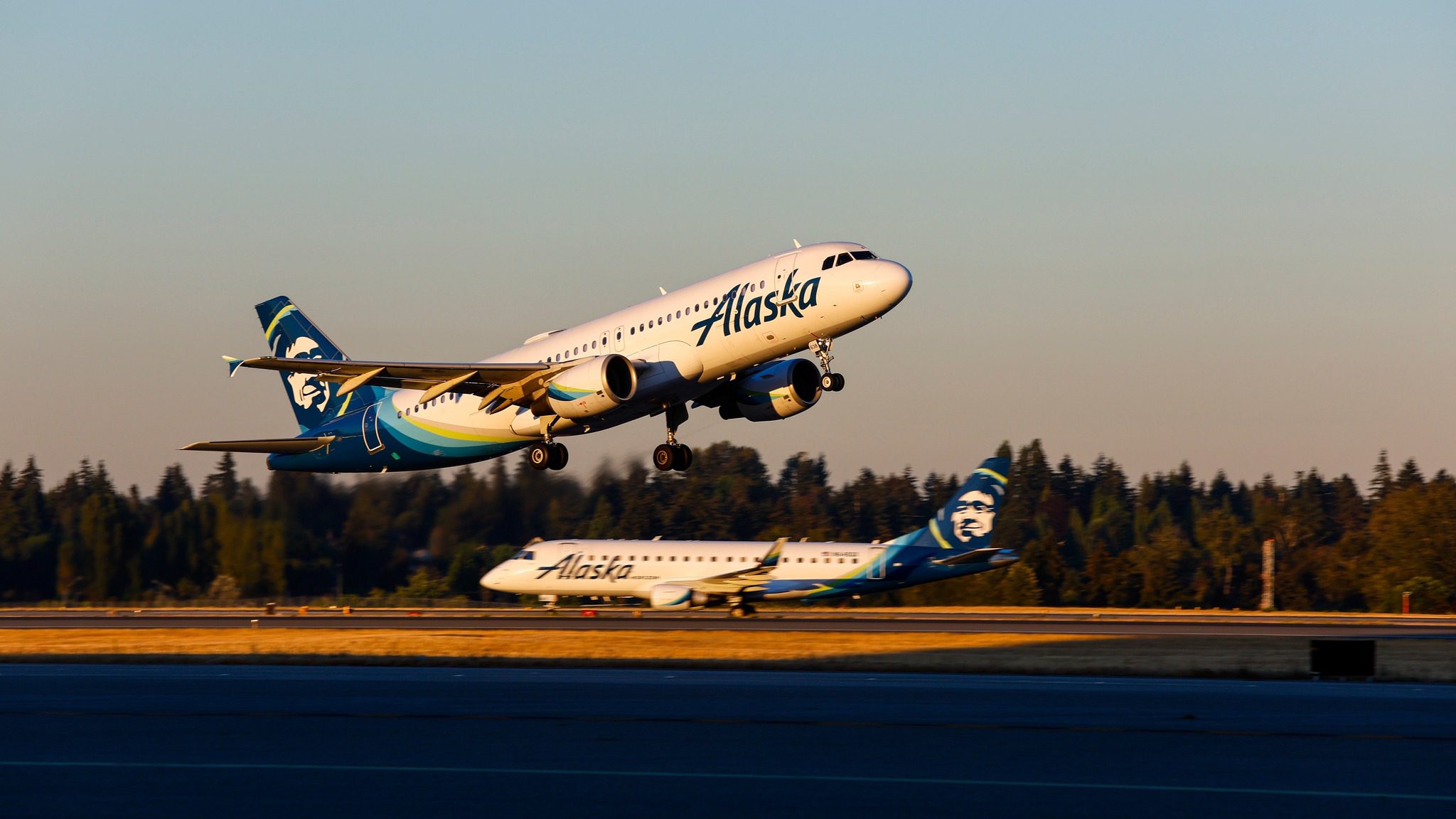
309611344 10160090274757486 442840992011673875 n
Restoring its operational performance to solid levels has helped Alaska Airlines to produce a strong third quarter. And with the ratification of three major labor deals at Alaska and its subsidiary Horizon, long-term labor stability should be guaranteed to keep the momentum going towards a full recovery of pre-pandemic capacity before next summer. Stability Alaska Airlines key to return to 2019 levels next year.
Alaska Airlines Group reported a $40 million net profit for Q3 compared to $194 million in 2021 or an Adjusted net profit of $325 million versus $187 million last year. Revenues were up 45 percent to an all-time record of $2.828 billion from $1.953 billion, but total operating expenses grew even higher by 63 percent to $2.766 billion from $1.695 billion. This resulted in an operating profit of just $62 million versus $258 million. Fuel costs were up 133 percent to $877 million.
CEO Ben Minicucci is proud of the 15.6 percent pre-tax margin, “which is likely to top the industry and came within two points of 2019 despite high fuel prices and multiple new labor contracts. Our unit revenue was up 27 percent, which is also believed to be the best in the industry and underscores that our commercial initiatives are delivering.”
Over the first nine months, Alaska produced a tiny $36 million profit (2021: $460 million), but the Adjusted net profit was $438 million ($-287 million). Revenues grew to $7.167 billion ($4.277 billion), and expenses to $7.120 billion ($3.631 billion), resulting in an operating profit of $47 million ($646 million). Liquidity stood at $3.2 billion, and long-term debt at $1.9 billion.
Alaska suffered from huge operational problems in Q2 as it struggled with staff shortages and was forced to cancel hundreds of flights. Cutting back on the summer capacity by some seven percent to build in more redundancy has helped to get reliability back into the system. In all months of Q3, Alaska operated at a completion rate of 99 percent, the highest in the industry according to Department of Transportation numbers. Horizon’s completion rate was even 99.5 percent.
Load factors were 86.5 percent, exceeding 2019 levels every month. After recovering quickly earlier in the year, Alaska sees corporate travel stabilize around 75 percent of pre-pandemic levels. Chief Commercial Officer Andrew Harrison is confident that this will return to 100 percent, based on partnerships like those with AMEX, American, and OneWorld.
In May, Alaska was close to an ALPA pilot strike, but after parties continued negotiations over the summer and ratified a new three-year labor agreement for 3.300 mainline pilots, this brings back stability. Another agreement concluded in September covers a retention plan for 700 pilots at Horizon Air who are represented by IBT, while IAM and Alaska extended their agreement for 5.700 staff by another two years in August.
Boeing expected to deliver 43 MAX
Alaska and Horizon are on track to get to a single-type fleet. All 23 Airbus A320s and 22 De Havilland Canada Dash 8-400s will have left the fleet by coming January, with the ten ex-Virgin America A321neo’s to go by the end of 2023. In Q3, five Boeing MAX 9s were delivered. The MAX fleet will grow from 35 now to 78 by the end of next year, which represents over thirty percent of the mainline fleet. Alaska is confident that this number is realistic, despite the supply chain constraints that Boeing is suffering from. The transition will require the training of 500 pilots until May.
Flying a single-type fleet should generate $75 million in annual efficiencies and be a significant tailwind for Alaska, Minicucci stressed. Rising labor costs are covered by the new labor agreements. “We are not immune to the challenges of the industry, but we remain committed to keeping our cost advantage relative to our competitors as we move forward.”
Alaska expects Q4 capacity to be seven to ten percent down on 2019 but revenues should be up 12-15 percent thanks to strong forward bookings, boosting yields by twenty percent. Full-year capacity will be eight to nine percent down on 2019, with costs per available seat mile (CASM) excluding fuel up 19 to 20 percent. The adjusted pre-tax margin should be between six and nine percent. Capacity will be most restrained in Q4 as Alaska and Horizon will retire the 45 aircraft and pilots will start retraining. Alaska expects a $175 million benefit from hedging fuel this year.
“Having solidified our operational reliability, our focus will now shift to leveraging growth to reduce costs across the group. While there will be some continued productivity and capacity from fleet transitions in the first half of the year, our business plan for next year will include a return to our 2019 size in the first half of 2023 and will also include a reduction in unit costs year over year”, said Chief Financial Officer Shane Tackett.
Views: 0



